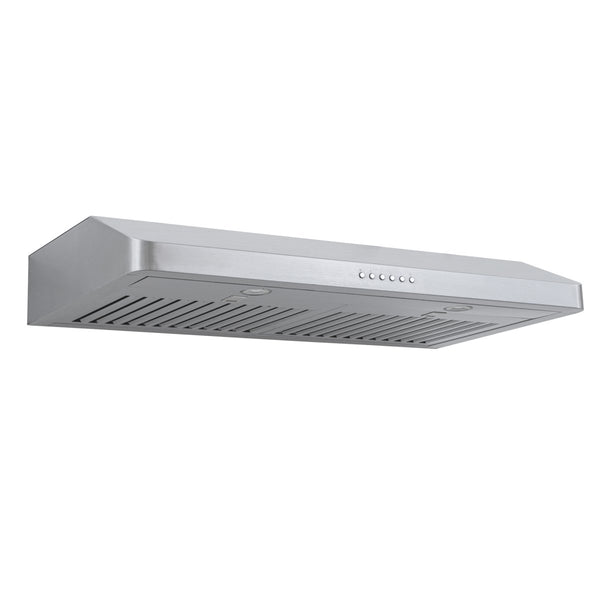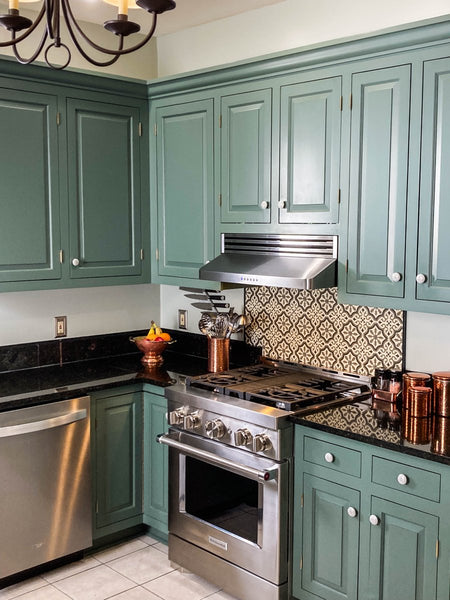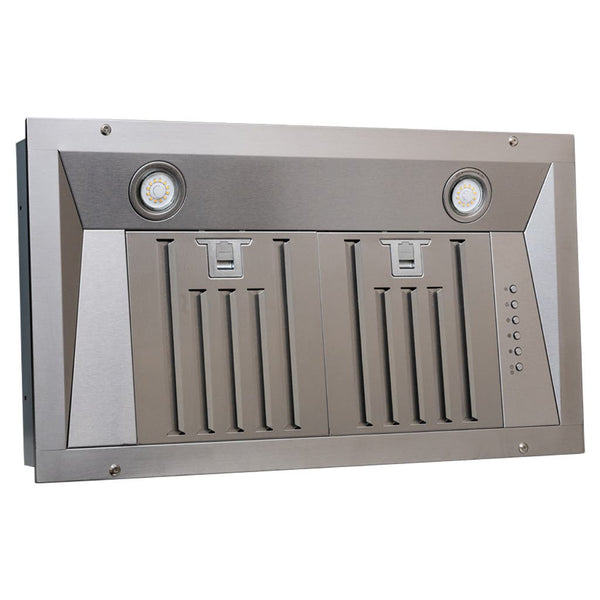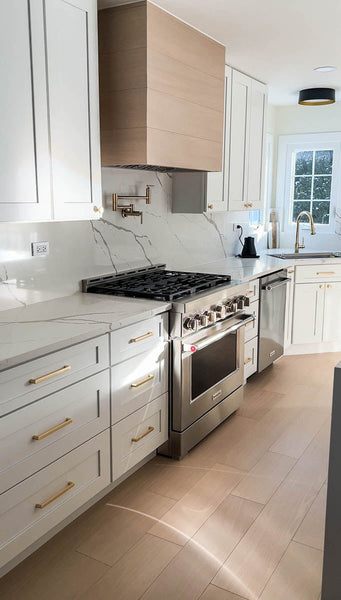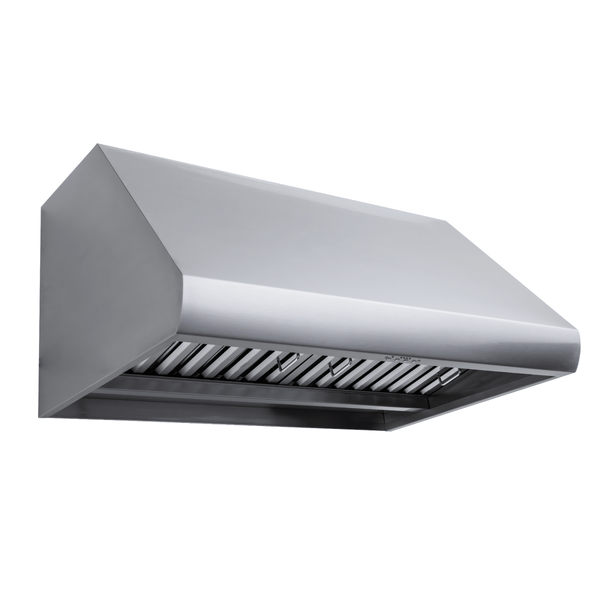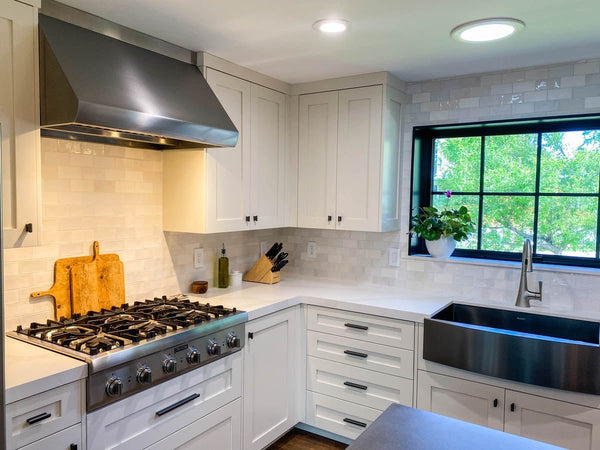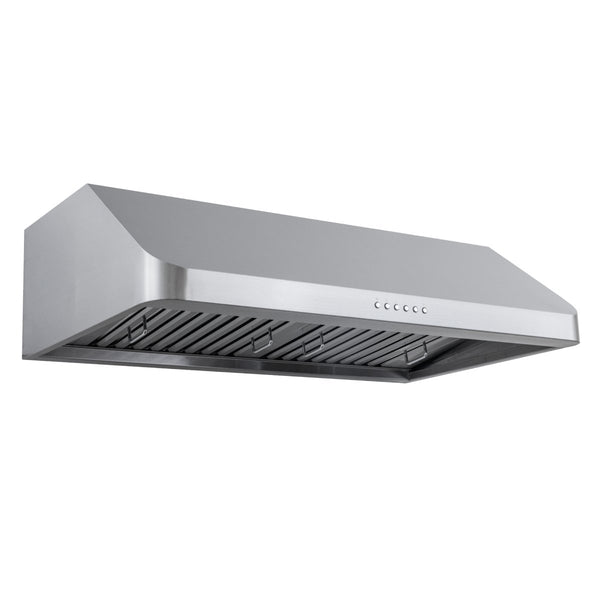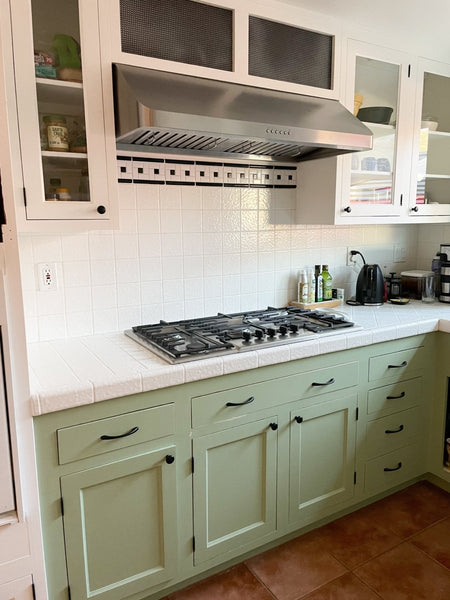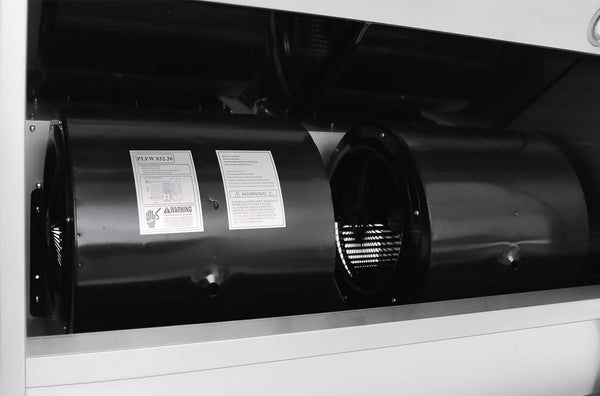Table of Contents
Ever walked into a home and instantly known someone fried fish last night? That, my friends, is the telltale sign of inadequate kitchen ventilation. Let's dive into why range hoods aren't just fancy kitchen decor—they're essential workhorses that deserve your attention.
The Nose Knows: Why Ventilation Matters

Your kitchen is essentially a chemistry lab. Heat up some oil, sear a steak, or burn that toast, and you've created a cocktail of:
- Airborne grease (hello, sticky cabinets!)
- Cooking odors (goodbye, fresh-smelling home)
- VOCs and carbon monoxide (your lungs just sighed)
- Excess heat (sweaty chef syndrome, anyone?)
Without proper ventilation, these byproducts don't magically disappear—they settle into your furniture, walls, and lungs.
How the Magic Happens: Ventilation Basics
Range hoods work on a beautifully simple principle: capture and extract. The system has three key components:
- The Hood: Your kitchen's equivalent of a catcher's mitt, positioned to trap rising cooking vapors
- The Fan: The muscle of the operation, creating suction that pulls contaminants away
- The Ductwork: The escape route that channels everything outside (or through filters in ductless systems)
The effectiveness is measured in CFM (Cubic Feet per Minute)—think of it as your hood's "power rating." For professional-grade cooking, you'll want higher CFM; for occasional pasta nights, standard models suffice.
Not sure what CFM is. Check out this video here:
Ducted vs. Ductless: The Great Debate
Ducted Systems: The gold standard. They physically remove air contaminants from your home—like opening a window without letting in bugs or changing your thermostat.
Ductless Systems: The compromise solution. They recirculate filtered air back into your kitchen. Better than nothing, but more like masking odors than removing them.
Installation Wisdom: Don't Skip the Backdraft Damper!
Here's a pro tip that separates rookie renovators from seasoned builders: install a backdraft damper. This simple flap prevents outdoor air from flowing backward through your ductwork when the fan is off. Without it, you're essentially leaving a hole in your wall for cold air, bugs, and even rainwater to enter.
The Bottom Line
Your kitchen ventilation isn't just about preventing smoke detector false alarms. It's about protecting your home's air quality, preventing expensive damage to cabinets and walls, and maintaining your property value.
Whether you're renovating, building new, or upgrading, investing in proper range hood ventilation is one decision your nose, lungs, and future self will thank you for.
Remember: When it comes to kitchen ventilation, it's not what you see—it's what you don't smell that counts!
